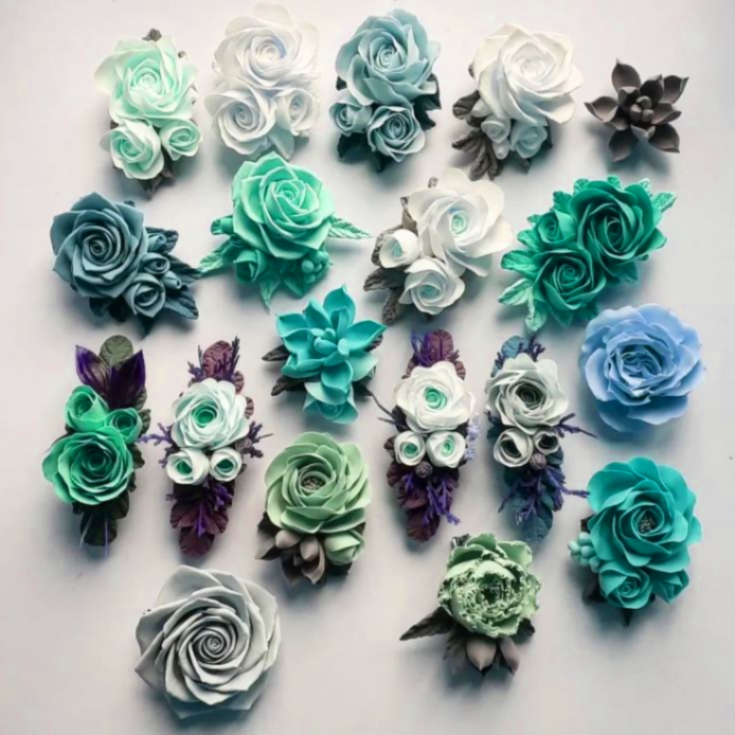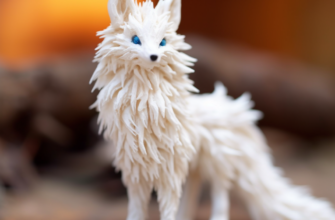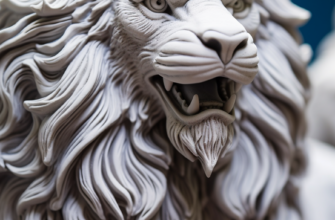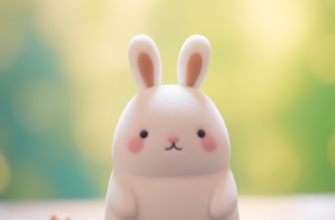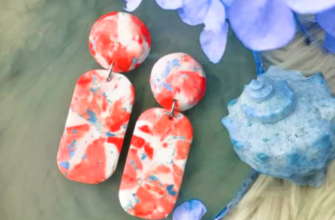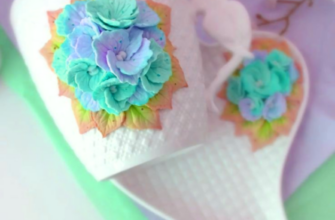Polymer clay is a popular material for crafting and creating unique, beautiful objects. From jewelry to home decor, there are many different things that can be made with polymer clay. But with so many different types of polymer clay available, it can be difficult to know which one is best for your project. In this article, we’ll take a closer look at some of the most popular types of polymer clay and their uses.
Fimo: This is a well-known brand of polymer clay that is popular among crafters. Fimo is known for its excellent quality and comes in a variety of colors. It’s a good choice for beginners, as it’s easy to work with and provides a smooth, uniform finish.
Sculpey: This type of polymer clay is similar to Fimo, but it has a softer, more flexible texture. It’s easy to shape and comes in a range of colors.
Kato Polyclay: Kato Polyclay is a versatile type of polymer clay that is ideal for sculpting. It’s known for its strength, durability, and ability to hold fine details.
Fimo Soft: Fimo Soft is a softer and more flexible version of the popular Fimo brand. It’s great for making figurines, jewelry, and other delicate objects.
Sculpey III: Sculpey III is a popular choice for kids, as it’s easy to mold and has a soft texture. It’s a great choice for beginners, as it’s forgiving and won’t crack or break easily.
Fimo Effect: Fimo Effect is a type of polymer clay that’s designed to add unique finishes and textures to your projects. There are a variety of colors and finishes available, including glitter, metallic, and opaque.
Kato Liquid Polyclay: Kato Liquid Polyclay is a versatile, liquid form of polymer clay that can be used for a variety of projects. It’s ideal for creating detailed designs and adding embellishments to your projects.
Cernit: Cernit is a type of polymer clay that’s known for its translucency and ability to hold fine details. It’s great for making jewelry and other delicate objects.
No matter what type of polymer clay you choose, be sure to read the instructions and follow the recommended baking times and temperatures to ensure the best results. With a little practice and some creativity, you’ll be well on your way to creating beautiful polymer clay projects in no time!
